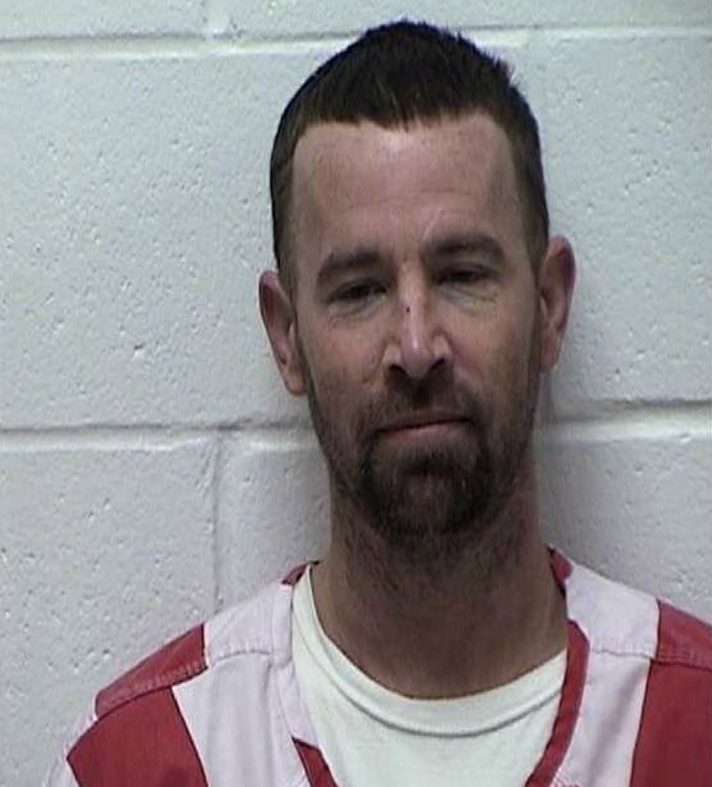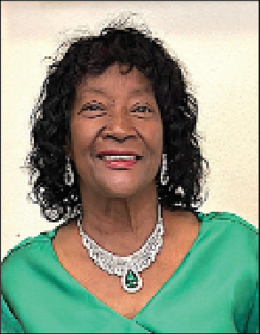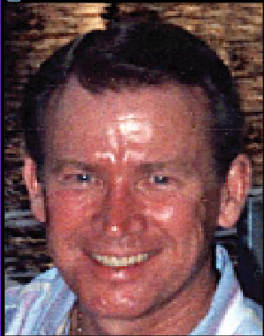A school where each student is well-known
Published 2:17 pm Tuesday, May 26, 2009
I’ve been reporting on education for almost 50 years. Around the country, I’ve seen some schools that work, but now I am able to show how one principal has ensured that truly no student is left behind in his New York public high school. I’m indebted to the New York Post’s Carl Campanile for his May 4 story on the 400-student Bronx Lab School. where one senior, Fernando Acosta, says: “I love the school. I feel well-known.” So, nationally, should principal Marc Sternberg well-known.
New York City Schools Chancellor Joel Klein has replaced certain large, crowded high schools — where many students feel they’re on a conveyor belt — with small schools in the same building. Bronx Lab is one of six small schools that took the place of Evander Childs High School.
At the Bronx Lab School, most of the teachers are also advisers to their students — each counseling about a dozen kids — as Campanile emphasizes. “from the moment they arrive as freshmen through 12th grade.” Long ago, at my public high school, Boston Latin School, the distance between us and our teachers was made clear when, on entering, we were instructed to call them Masters, not teachers.
By contrast, Bronx Lab teacher Alex Maciver says of his role: “We know when a student is struggling. I learn the patterns and how they react to certain situations.”
That reminded me of the most important book I’ve ever read, years ago, on education: George Dennison’s “The Lives of Children: The Story of the First Street School,” in which he continually demonstrated that for a student to learn how to learn, “the business of a school (must include) the life of the child.”
At Bronx Lab, the great majority of students are black or Latino, and 85 percent are from sufficiently poor families to qualify them for free lunch. Academically, the curriculum is rigorous. Last year, Campanile reports, 87 of the school’s first senior class’ 92 students graduated. At 95 percent, this is far away one of the city’s highest and rarest rates. The graduation percentage of black male students in New York remains at 34 percent.
Accordingly, there are three full-time college-placement counselors at the Bronx Lab, and among the colleges that are welcoming Bronx Lab students are Williams, Syracuse, New York University and DePaul.
In addition to the challenging academic studies, there are creative seminar classes, including an assignment to write an 80-page novel for the Meaning of Life seminar.
A former New York City schools chancellor whose term I covered, Anthony Alvarado, would have been pleased with that creative corollary of an education for lifelong learning. I was in Alvarado’s office one day when the citywide reading scores came in. They were higher than usual, but he was not rejoicing. I asked him why he was down.
“When,” he asked worriedly, “do we teach them how to think?”
Getting students involved with focusing on the meaning of life is one way to get them to think. And at Bronx Lab, the students self-confidence spurs independent individual thinking in many areas of learning and life.
In too many schools across the nation, the fearsome mandates of the No Child Left Behind Act — requiring rising test scores in math and reading for schools as a whole — result in principals and school boards commanding teachers to test for the tests, and test again. In some states, if the scores fall too low, the schools can closed, with principals and teachers adding to the unemployment rates.
Under such unremitting pressure, classes in American history and civics have largely disappeared in the public schools — as if learning what distinguishes us as Americans, and what it takes to keep alive the world’s oldest living self-governing Constitution, aren’t vital enough to interfere with pushing up collective test scores.
By contrast with what the Bronx Lab School is doing to encourage individual student’s sense of self-discovery and intellectual curiosity about where they are in the world, Alfie Kohn — a widely publicized critic of schools where there is no time for students to feel they are well-known and to learn more about themselves — describes (New York Times, Letter column, May 6):
“It is the worst sort of teaching: lecture-based, textbook-oriented, focused more on covering a prefabricated curriculum than driven by a desire to help students think deeply and become excited by ideas (rather than) the imperative of preparing them for a test.”
It °s important to note that while I am a supporter of publicly financed charter schools — with more room for both students and teachers to learn about themselves — the Bronx Lab School is a regular public school. Its principal and staff demonstrate to students and parents that learning can be continually stimulating and can prevent the slightest impulse to drop out, thereby moving your life toward a dead end.
It would help many future Americans if President Obama would invite Bronx Lab principal Marc Sternberg to join him in a press conference on education at the White House. That could be a learning experience for many educators, parents, legislators and foundations concerned with truly reforming education.
(Nat Hentoff is a nationally renowned authority on the First Amendment and the Bill of Rights. He is a member of the Reporters Committee for Freedom of the Press, and the Cato Institute, where he is a senior fellow.)





